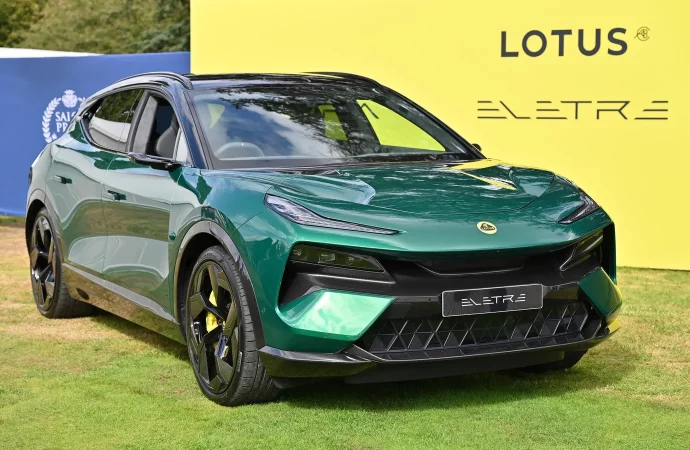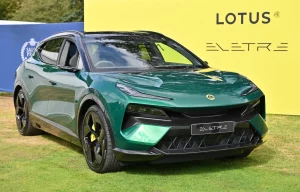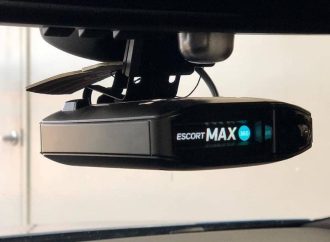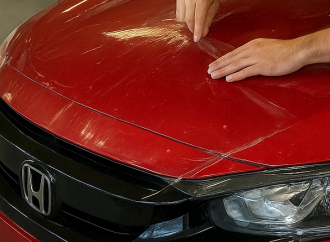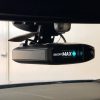Lotus Cars has long been synonymous with lightweight, agile sports cars that provide an exhilarating driving experience. Founded in 1952, the British automaker has built a reputation for crafting vehicles that blend precision engineering with a driving philosophy rooted in simplicity and purity. Recently, Lotus introduced its first electric vehicle (EV), the Lotus Evija, a
Lotus Cars has long been synonymous with lightweight, agile sports cars that provide an exhilarating driving experience. Founded in 1952, the British automaker has built a reputation for crafting vehicles that blend precision engineering with a driving philosophy rooted in simplicity and purity. Recently, Lotus introduced its first electric vehicle (EV), the Lotus Evija, a hypercar that represents a significant departure from its traditional combustion engine models. This article explores whether the new electric Lotus can truly be considered a “Lotus” in the context of the company’s storied history and philosophy.
The Legacy of Lotus
A Brief History
Lotus Cars was founded by Colin Chapman, whose design philosophy emphasized “adding lightness.” Chapman’s approach to vehicle design focused on reducing weight to enhance performance and handling. This philosophy resulted in iconic models such as the Lotus Elan and the Lotus Esprit, both of which garnered acclaim for their driving dynamics and lightweight construction.
Core Values
The core values of Lotus have always been centered around agility, simplicity, and driver engagement. The company’s cars are designed to provide a pure driving experience, often sacrificing comfort and luxury in favor of performance and handling.
The Arrival of the Electric Lotus
Introduction to the Evija
The Lotus Evija, unveiled in 2019, marks a radical shift for the brand. It is the first all-electric hypercar produced by Lotus and boasts impressive specifications, including a 2,000 horsepower electric powertrain, a top speed of over 200 mph, and a range of approximately 250 miles. The Evija represents a significant leap from the brand’s traditional internal combustion engines to cutting-edge electric technology.
Design and Engineering
The Evija’s design reflects Lotus’s commitment to aerodynamics and lightweight construction, with an emphasis on sculptural elegance and functional efficiency. The car features an advanced carbon fiber monocoque chassis and active aerodynamics, which align with the company’s traditional focus on performance.
Analysis: The Lotus Evija Through the Lens of Lotus’s Philosophy
Performance and Handling
Comparative Performance Analysis
| Aspect | Lotus Evija | Traditional Lotus Models (e.g., Elise, Exige) |
|---|---|---|
| Powertrain | 2,000 horsepower electric motors | 1.8L to 3.5L internal combustion engines |
| Acceleration | 0-60 mph in under 3 seconds | 0-60 mph in 4-5 seconds |
| Top Speed | Over 200 mph | 140-190 mph |
| Weight | ~1,680 kg (3,706 lbs) | ~700-1,000 kg (1,543-2,205 lbs) |
While the Evija’s performance metrics exceed those of traditional Lotus models, its electric powertrain fundamentally alters the driving experience. Electric motors provide instantaneous torque and smooth acceleration, but the visceral feedback from a combustion engine is absent.
Driving Experience
Comparative Driving Experience
| Feature | Lotus Evija | Traditional Lotus Models |
|---|---|---|
| Feedback | Smooth, quiet, high torque | Raw, tactile, engine roar |
| Handling | Advanced electronic systems | Direct, mechanical responses |
| Driving Dynamics | Precision-focused | Engaging, driver-centric |
The Evija’s driving dynamics are influenced by its advanced electronic systems, which enhance precision but may lack the analog feel of a traditional Lotus. This shift represents a departure from the pure, unfiltered driving experience the brand is known for.
Brand Identity and Tradition
Comparative Brand Identity Analysis
| Aspect | Lotus Evija | Traditional Lotus Models |
|---|---|---|
| Engineering Focus | Cutting-edge technology | Lightweight, minimalism |
| Driving Philosophy | High-tech, performance-oriented | Simplicity, driver connection |
| Market Positioning | Hypercar, luxury segment | Sports car, enthusiast-focused |
The Evija’s hypercar status and luxury positioning mark a significant evolution in Lotus’s market approach. While it adheres to the principles of lightweight construction and performance, the luxury and technological aspects push it into a new realm, potentially altering its traditional brand identity.
Comparative Table: Electric Lotus vs. Traditional Lotus
| Aspect | Electric Lotus (Evija) | Traditional Lotus Models |
|---|---|---|
| Powertrain | Electric motors, 2,000 hp | Internal combustion engines, 1.8L-3.5L |
| Acceleration (0-60 mph) | Under 3 seconds | 4-5 seconds |
| Top Speed | Over 200 mph | 140-190 mph |
| Weight | ~1,680 kg (3,706 lbs) | ~700-1,000 kg (1,543-2,205 lbs) |
| Driving Feedback | Smooth, quiet | Raw, tactile |
| Handling | Advanced electronic systems | Direct mechanical responses |
| Driving Dynamics | Precision-focused | Engaging, driver-centric |
| Market Positioning | Hypercar, luxury | Sports car, enthusiast-focused |
Conclusion
The Lotus Evija represents a new chapter in the brand’s history, showcasing the company’s ability to innovate and adapt to changing automotive trends. However, whether it can be considered a “true” Lotus is open to interpretation. While it retains elements of Lotus’s engineering excellence and commitment to performance, the shift to electric power and luxury hypercar status introduces new dimensions to the brand’s identity.
Ultimately, the new electric Lotus may embody the spirit of Lotus in its pursuit of performance and innovation, but it also marks a significant departure from the traditional ethos of simplicity and driver connection. As the automotive industry continues to evolve, the question of what defines a Lotus will likely remain a topic of debate among enthusiasts and industry observers alike.

